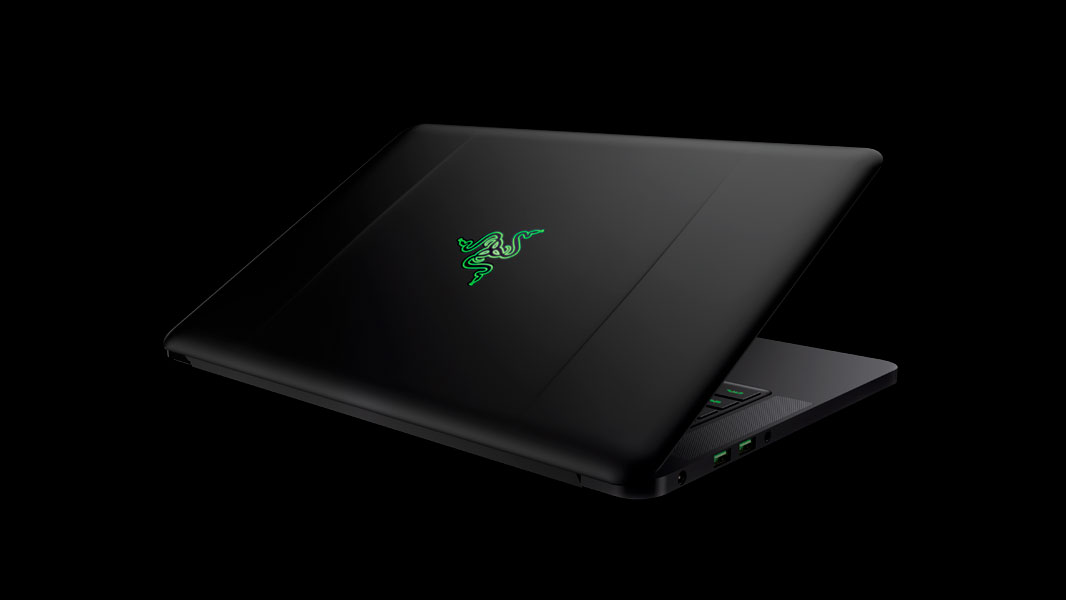Razer has been a loyal supporter of Team Blue. However, the tech giant may have finally bitten the bullet and joined up with Team Red. If the recently discovered 3DMark submissions (via _rogame) are accurate, Razer will release the company’s first-ever AMD-powered gaming laptop soon.
The mysterious laptop emerged as the Razer PI411. There is speculation that the codename may allude to the Razer Blade 14, which debuted back in 2013. The last time Razer updated the Razer Blade 14 was in 2016, so a well-deserved update is due. Nevertheless, we can’t discard the possibility that PI411 could just be a codename for any other Razer device.
The Razer PI411 features AMD’s top-tier Ryzen 9 5900HX (Cezanne) processor. The Ryzen 9 5900HX is AMD’s first overclockable mobile processor, and the chipmaker designed it to take the fight to Intel’s HK-series of mobile chips, such as the Core i9-10900HK or the looming Core i9-11980HK.
Armed with eight Zen 3 cores and 16MB of L3 cache, the Ryzen 9 5900HX comes with a 3.3 GHz base clock and a 4.6 GHz boost clock. It has a generous cTDP (configurable thermal design power) between 35W and 54W. The last Razer Blade 14 (2016) employed the Core i7-6700HQ, a 45W processor from the Skylake days. The gaming laptop is no stranger to housing hot chips. If Razer wants to work the Ryzen 9 5900HX into the Razer Blade 14, the new iteration will likely have to rely on a more robust cooling solution than its predecessors to leave enough thermal headroom for manual overclocking.
Image 1 of 2
Image 2 of 2
The Razer PI411 is also equipped with 16GB of DDR4-3200 memory and a 512GB NVMe SSD. However, it’s probably just an engineering sample, so the final product could arrive with more memory and a bigger SSD. So far, we’ve seen the Razer PI411 with two discrete graphics card options from Nvidia. As a quick reminder, the chipmaker’s latest mobile GeForce RTX 3000 (Ampere) offerings are available at different TDP limits, which adds a lot of confusion if the vendor doesn’t specifically list the value.
The first Razer PI411 unit employs a GeForce RTX 3060. The 14 Gbps memory confirms that the Razer PI411 uses the GeForce RTX 3060 Mobile or Max-P variant as opposed to the Max-Q variant. The 900 MHz base clock points to the 80W version.
The second and most recent Razer PI411 unit, on the other hand, leverages the more powerful GeForce RTX 3070. The memory is clocked at 12 Gbps, meaning it’s the Max-Q variant. This particular GeForce RTX 3070 Max-Q sports a 780 MHz base clock, so it coincides with the 80W version as well.
The 3DMark submissions aren’t conclusive evidence that Razer is sold on the idea. We hope Razer does go through with it, though, since the laptop market could use another high-end AMD-based laptop.
